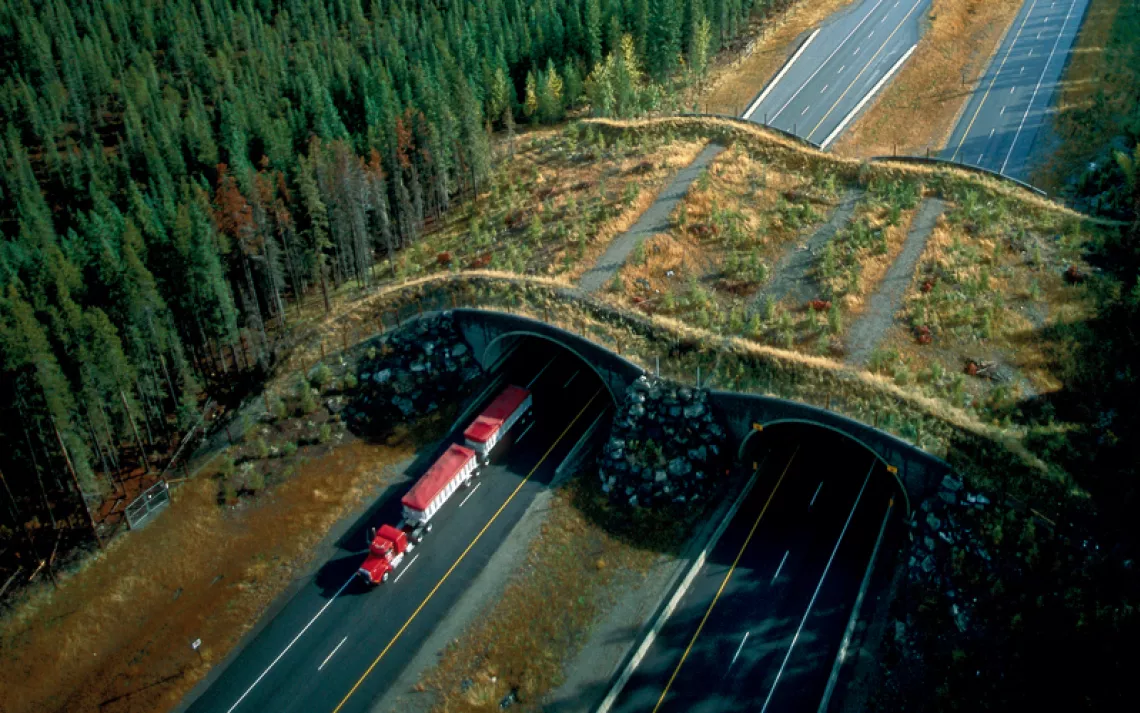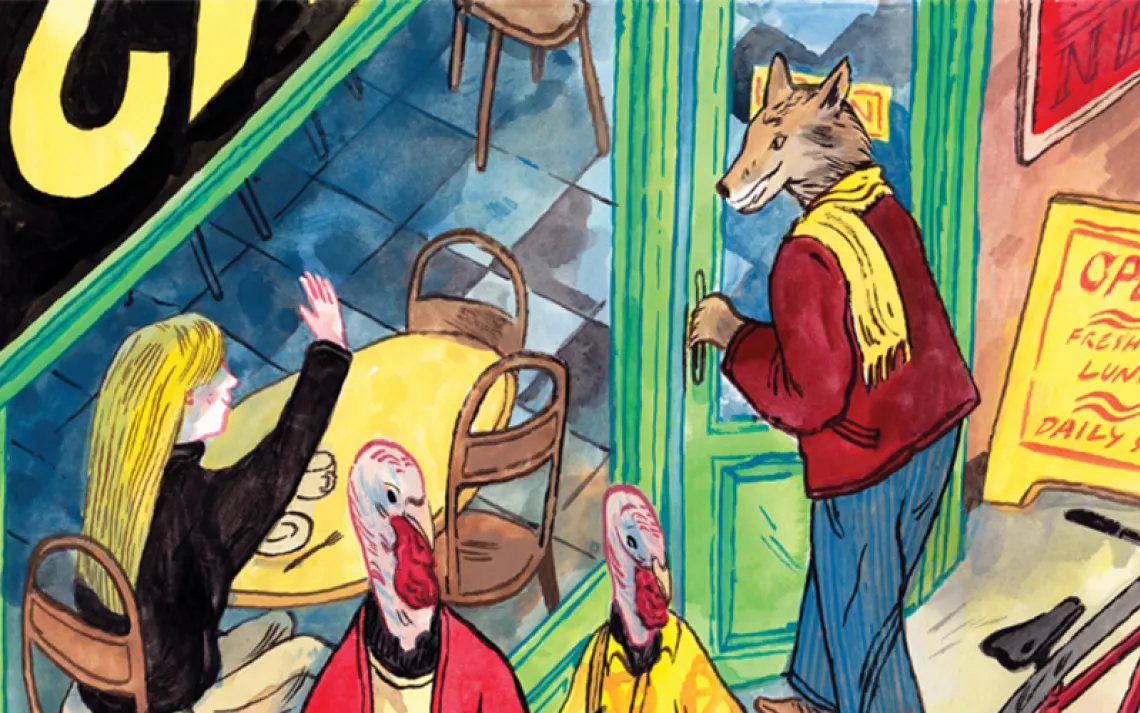Murmurations Forever Murmuring
Starlings band together to create murmurations, resulting in ever-changing, awe-inspiring flight formations.
Bursting forth, retreating inward, spiraling upward, the unfathomable spectacle captured in this video is a murmuration. Thousands of wing beats whip the feathered mass into a rising column, then into the shape of a space craft, followed by an hourglass and then a tidal wave. The birds that make up these writhing mutations are European starlings.
Smaller than a robin, starlings were brought to the U.S. from Europe with the zany idea that all birds mentioned in Shakespeare’s works must cross the pond. Being wildly adaptable birds, the starling populations exploded. That was 1890. Now these common birds can be found in both urban and rural settings. You’ve probably walked along a sidewalk and heard a tree full of them, whirring, squeaking, whistling, and popping in a collective din.
In 2011, murmurations garnered worldwide attention thanks to Sophie Windsor Clive and Liberty Smith who happened to film a particularly magnificent aerial display in Ireland while working on a documentary film. The two girls were canoeing out to some islands when they came upon a starling roosting site: “[The island] was covered in a carpet of one inch thick bird poo,” wrote Clive. As evening progressed, the birds started to come in to the roost site, little by little, in a gradual formation of what soon became an enormous, amorphous ball made up of thousands of individuals. The result is this breathtaking video.
The reason for these massive, fluid, airborne gatherings is not entirely understood, although there are some theories. By reuniting every evening and flying in packed formation, the birds find safety in numbers. Any hawk or falcon arriving on the scene is likely to be confused and overwhelmed by the massive number of what no longer seem like individual birds, but rather one gigantic, airborne creature.
Furthermore, the swirling cloud that moves in fluid motion over a potential roost site employs the watchful eye of every individual in an attempt to declare the location free of potential predators. And, upon determining it safe, a flock upward of 300,000 individuals can finally come to roost in the trees, finding warmth among the multitudes. Some individuals may travel up to 30 miles to share in the safety provided by these evening congregations.
But starlings don’t gather in such monumental masses throughout the entire year, says Dr. Paul R. Cabe, professor of biology at Washington & Lee University; when the springtime comes, males become territorial and so the birds disperse to different breeding sites. By midsummer, he says, the juveniles have fledged and they soon clump up and roost together in small groups. As the summer progresses, the groups start to find each other. More and more gather until places like the southeastern part of the U.S. see upwards of a million birds.
“Starlings are smart birds,” says Cabe, who wrote his thesis on the species and was invited to write about them for the highly lauded tome Birds of America, “I find them tremendously fascinating.”
We may never be able to fully explain why these birds create such extravagant displays. But the mesmerizing artistry of it all makes for a memorable and beautiful sight.
To see some stunning photographs of the murmuration phenomenon, click here.
Follow Sierra on Facebook, Twitter, Pinterest, Instagram and YouTube.
 The Magazine of The Sierra Club
The Magazine of The Sierra Club







